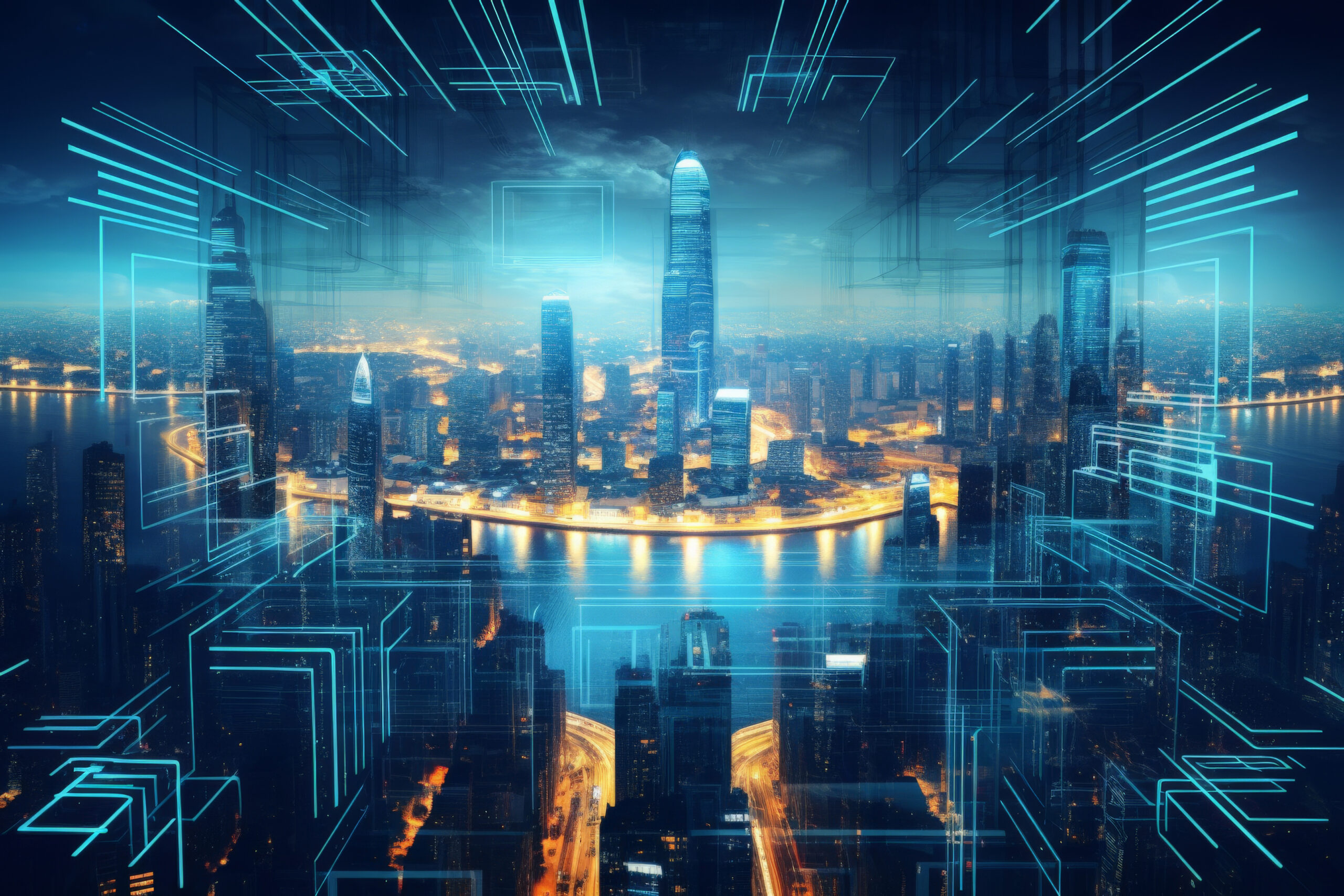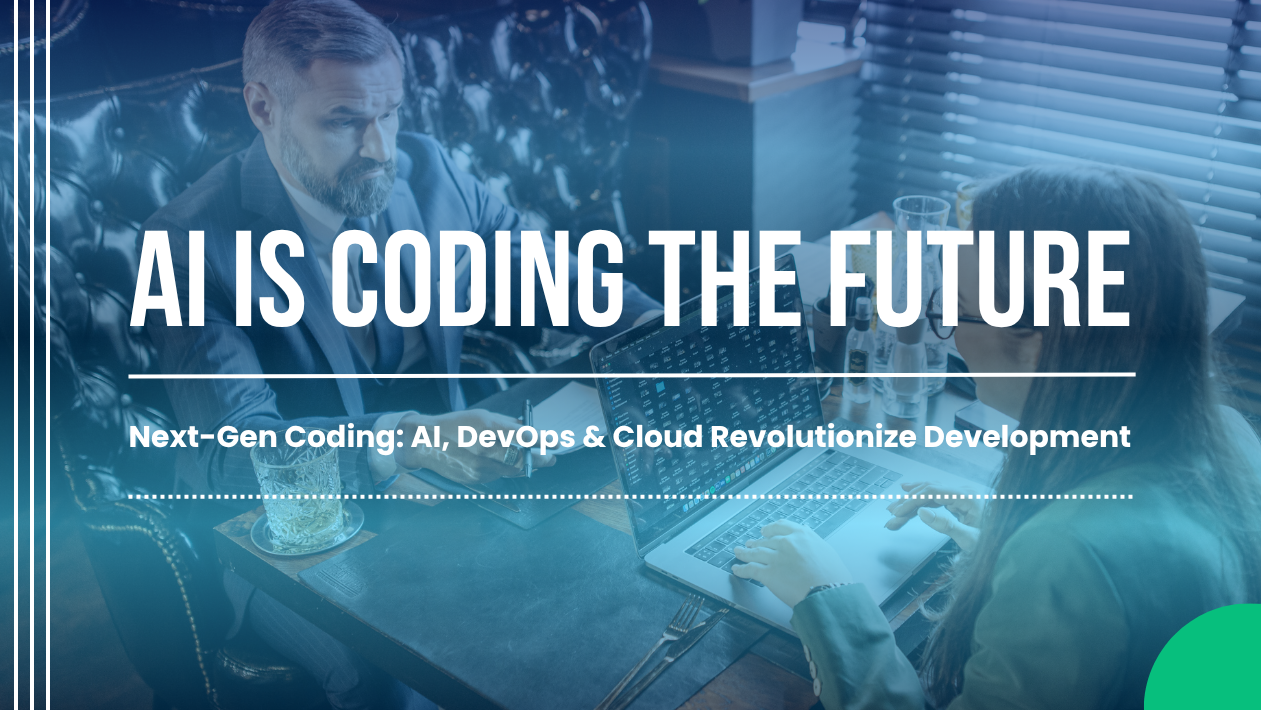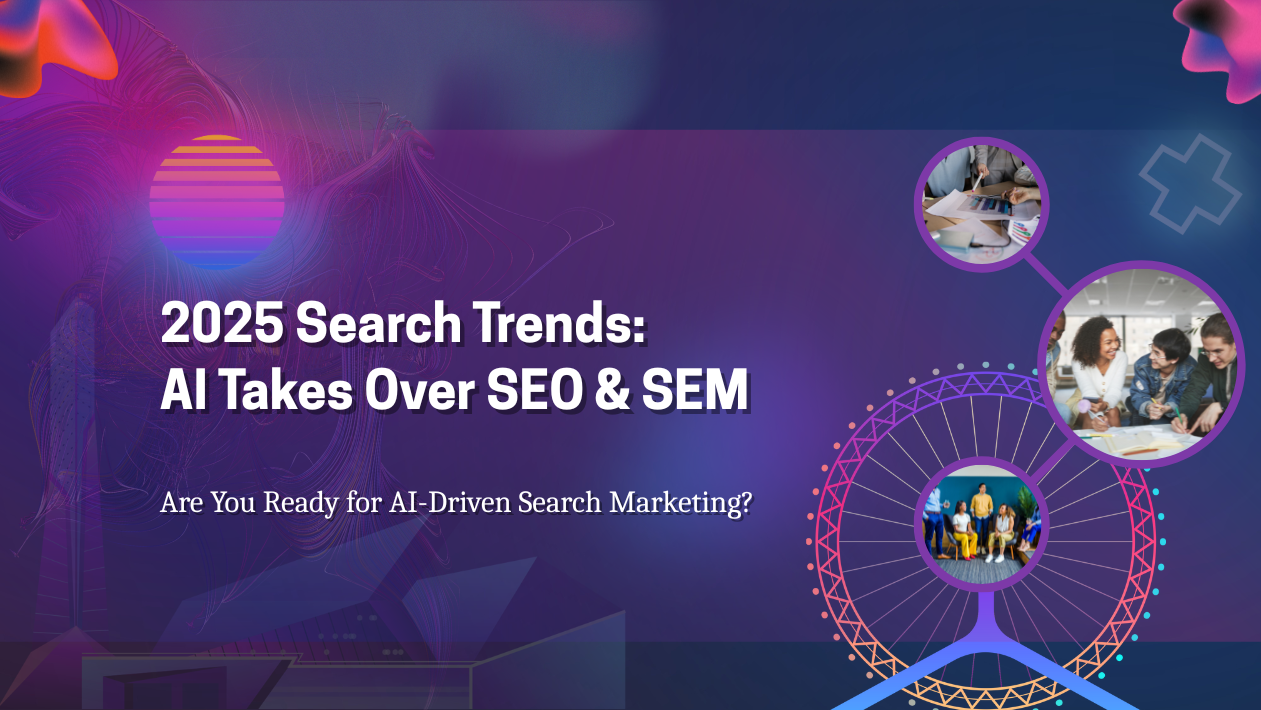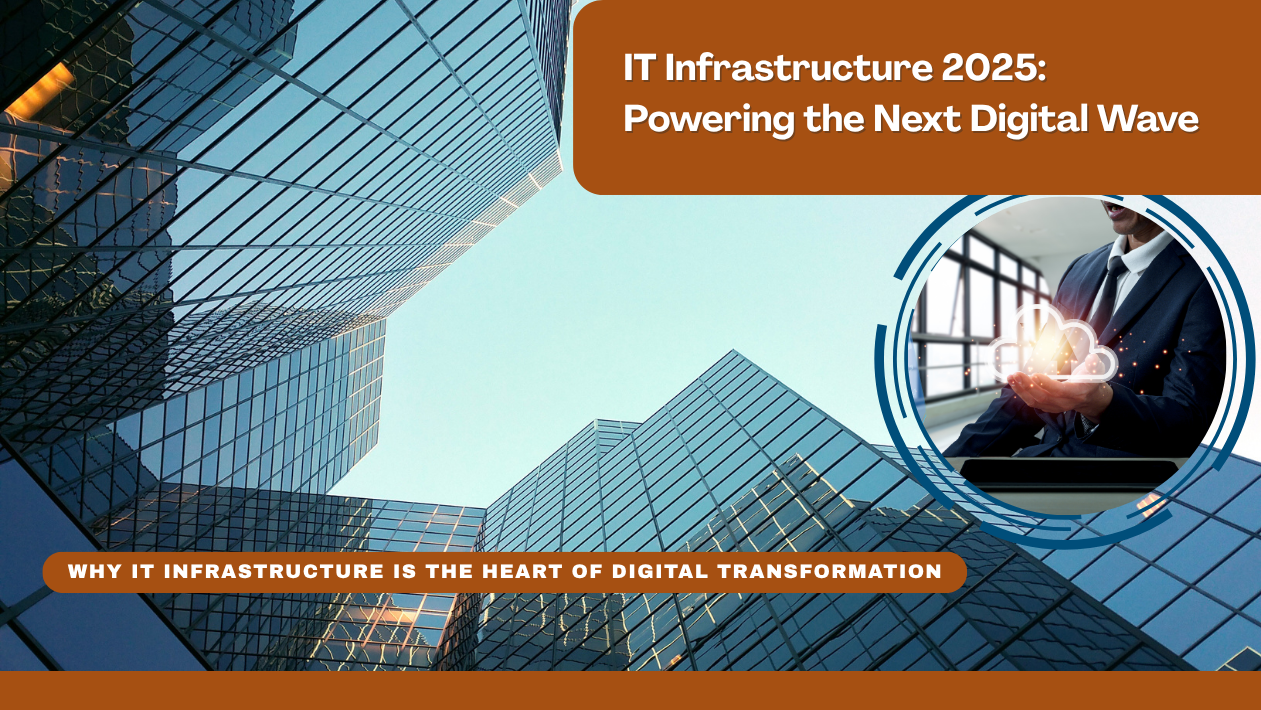The global IT infrastructure landscape in 2025 is undergoing a major transformation, shaped by the accelerated adoption of cloud-native technologies, edge computing, AI automation, and cyber-resilient architectures. As businesses digitize faster than ever, the backbone of enterprise operations is shifting toward more agile, scalable, and secure infrastructure models.
Hybrid and Multi-Cloud Become the New Norm
Enterprises are embracing hybrid and multi-cloud strategies to maximize flexibility and avoid vendor lock-in. Cloud providers such as AWS, Microsoft Azure, and Google Cloud are competing by offering tailored solutions for regulated industries, AI workloads, and edge deployments.
Infrastructure-as-Code (IaC) is now standard practice, allowing DevOps teams to deploy and manage complex infrastructure consistently across environments.
Edge Computing Expands Across Industries
Driven by the need for low-latency processing, edge computing is now widely deployed in manufacturing, healthcare, logistics, and smart city initiatives. Companies are placing compute power closer to data sources—sensors, devices, and IoT endpoints—to reduce bandwidth usage and improve response times.
Analysts predict a 40% increase in edge-based infrastructure investments by the end of 2025.
Zero Trust and Cyber Resilience Drive Infrastructure Security
As cyberattacks grow in scale and sophistication, organizations are adopting Zero Trust frameworks—verifying every access request across identity, device, and location. Network segmentation, real-time monitoring, and AI-powered threat detection are now integral to resilient infrastructure planning.
Disaster recovery and business continuity strategies are also evolving, with cloud-native tools enabling faster RTOs (recovery time objectives) and RPOs (recovery point objectives).
AI & Automation Streamline IT Operations
AI is playing a major role in automating infrastructure management. Tools powered by AIOps (Artificial Intelligence for IT Operations) are helping IT teams predict system failures, auto-scale resources, and resolve incidents without human intervention.
Leading enterprises are also adopting self-healing infrastructure, reducing downtime and IT workloads while increasing operational efficiency.
Sustainability Becomes a Core Metric
With global pressure to reduce carbon footprints, IT leaders are now measuring the energy efficiency of data centers, cloud workloads, and even AI models. Green computing practices—such as dynamic cooling, carbon-aware workload scheduling, and renewable energy sourcing—are being embedded into infrastructure roadmaps.
Looking Ahead: Infrastructure as a Strategic Advantage
As organizations prepare for AI, 5G, and quantum computing, IT infrastructure is no longer a back-office concern—it’s a strategic enabler of innovation, agility, and security. The winners in 2025 and beyond will be those who invest early in modular, cloud-optimized, and resilient digital infrastructure.





